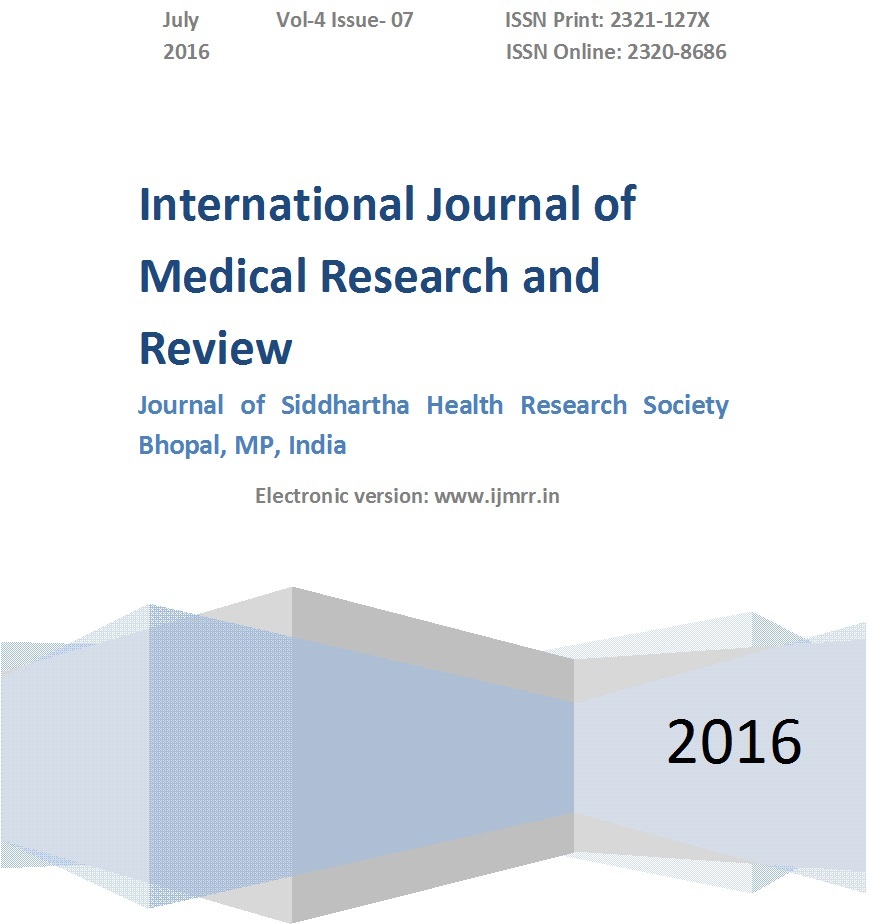Commissioning and validation of the electron Monte Carlo dose calculation at extended source to surface distance from a medical linear accelerator
Abstract
Introduction: Radiotherapy is one of the major modality for cancer management playing curative, adjuvant, and palliative and sometimes has an alternative role to chemotherapy. Radiotherapy is practiced in two ways viz. External beam therapy and Brachytherapy. Electron beam therapy is widely used in the management of cancers. An electron beam is characterized by a finite range of penetration with a rapid dose fall off towards a slowly decaying x-ray background as the electrons traverse through tissues. The electron monte carlo (eMC) dose calculation algorithm for eclipse treatment system has been introduced by Varian Medical systems. The algorithm is commissioned and validated by comparing percentage depth dose (PDD) and gamma index.
Methods: Percentage depth dose curves were generated for all the energies for 4x4 cm2 and 10x10 cm2 field sizes. The depth of maximum dose (R100), therapeutic depth (R85), depth of 50% isodose (R50) and the relative surface (Ds) were compared with the measured and calculated PDD curves.
Results: The eMC calculated fluence and measured fluence were compared for all the energies and cones at nominal source to surface distance and extended distances. For 4x4 cm2 field size the maximum shift in R100 was 5 mm, R85 was 1.9 mm, R50 was 0.9 mm and the variation in the relative surface (DS) was about 25Gamma analysis shows excellent agreements with greater than 98% of the pixels passing the gamma requirements.
Conclusion: We have successfully commissioned and validated the electron monte carlo dose calculation at extended source to surface distance.
Downloads
References
Neunschwander H, Mackie TR, Reckwerdt PJ. MMC-a high-performance Monte carlo code for electron beam treatment planning. Phys Med Biol.1995;40(4):543-74.doi: https://doi.org/10.1088/0031-9155/40/4/005.
Popple RA, Weinber R, Antolok JA, et al. Comprehensive evaluation of a commercial macro Monte carlo electron dose calculation implementation using a standard verification data set. Med Phys. 2006;33(6):1540-51.doi: https://doi.org/10.1118/1.2198328.
Xu Z, Walsh SE, Telivala TP, Meek AG Yang G. Evaluation of the eclipse electron Monte Carlo dose calculation for small fields. J. Appl. Clin. Med. Phy 2009; 10(3): 75-85.doi: https://doi.org/10.1120/jacmp.v10i3.2834.
Ding GX, Duggan DM, Coffey CW, Shokrani P, Cygler JE. First Monte Carlo based commercial dose calculation module for the electron beam treatment planning-new issues for clinical consideration. Phys Med Biol.2006;51(11):2781-99.doi: https://doi.org/10.1088/0031-9155/51/11/007.
Eclipse beam data collection guide. Experts from Eclipse Integrated treatment planning “Reference guide for algorithms” March 2004.
International code of practice for Dosimetry based on absorbed dose to water. IAEA Tech. series No 398, Absorbed dose determination in external beam radiotherapy. IAEA,Vienna (2000).
Low DA, Dempsey JF. Evaluation of the gamma dose distribution comparison method. Med Phys.2003;30(9):2455-64.doi: https://doi.org/10.1118/1.1598711.
Low DA, Harms WB, Mutic S, Purdy JA. A technique for the quantitative evaluation of the dose distributions. Med Phys. 1998;25(5):656-61.doi: https://doi.org/10.1118/1.598248.
Popple RA, Weinber R, Antolak JA, et al. Comprehensive evaluation of a commercial macro Monte Carlo electron dose calculation implementation using a standard verification data set. Med Phys. 2006;33(6):1540–51.
Yang X, G Lasio1, J Zhou1, M Lin1, B Yi1 and M Guerrero1 Commissioning of Electron Monte Carlo in Eclipse Treatment Planning System for TrueBeam . Med. Phys. 2014; 41, 362-6.doi: https://doi.org/10.1118/1.4888921.
Pemler P, Besserer J, Schneider U, Neuenschwander H. Evaluation of a commercial electron treatment planning system based on Monte Carlo techniques (eMC). Z Med Phys. 2006;16(4):313-29.doi: https://doi.org/10.1078/0939-3889-00330.
Hu A, Song H, Chen Z, Zhou S, Yin FF. Evaluation of an electron Monte Carlo dose calculation algorithm for electron beam. J Appl Clin Med Phys. 2009;10(2),1- 15.doi: https://doi.org/10.1120/jacmp.v9i3.2720.
Chamberland E, Beaulieu L, Lachance B. Evaluation of an electron Monte Carlo dose calculation algorithm for treatment planning. J Appl Clin Med Phys. 2015;16(3), 60-79.doi: https://doi.org/10.1120/jacmp.v16i3.4636.



 OAI - Open Archives Initiative
OAI - Open Archives Initiative


